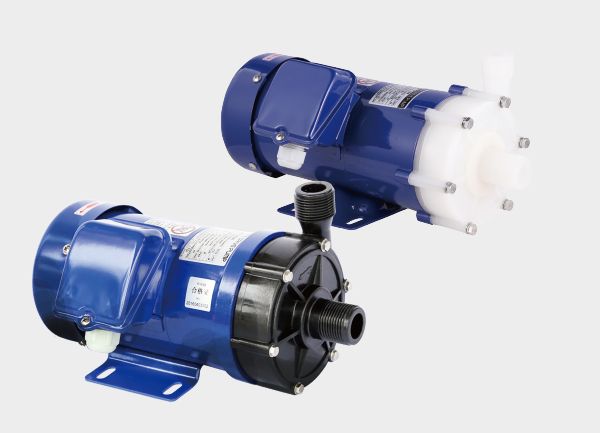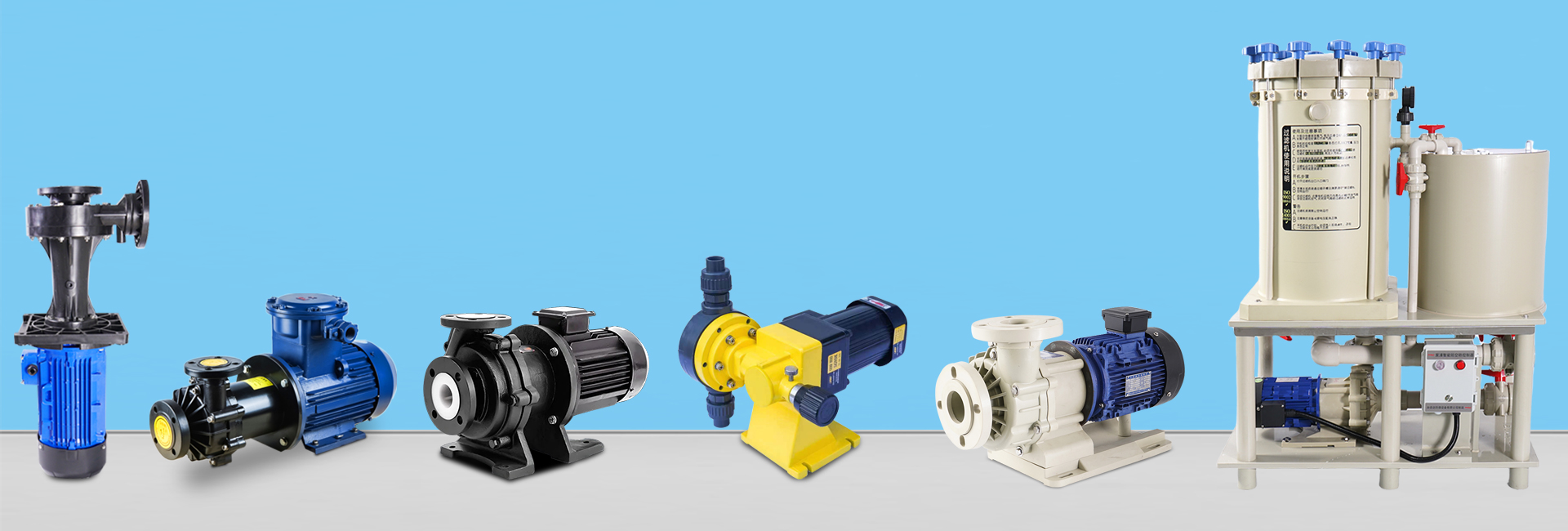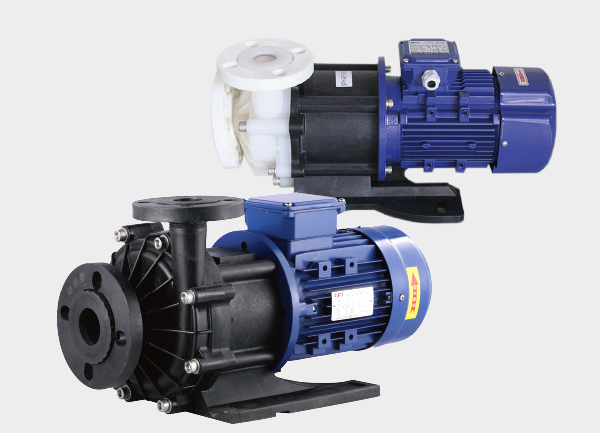1. Overview
Replacing conventional centrifugal pumps with magnetic drive pumps has become an increasingly popular solution for industries requiring leak-free, maintenance-free, and environmentally safe operations.
This guide provides a complete, practical plan for replacing traditional centrifugal pumps with magnetic pumps — from feasibility assessment and selection to installation, commissioning, and long-term maintenance.

2. When Magnetic Pumps Are the Right Choice
Magnetic drive pumps eliminate mechanical seals and use magnetic coupling to transmit torque. This design prevents leakage and reduces maintenance.
Ideal applications include:
Toxic, flammable, or volatile chemicals
Corrosive acids, alkalis, or solvents
High-purity or contamination-sensitive systems
Environments requiring zero leakage or minimal human supervision
Not suitable for:
Liquids with high solid content, fiber impurities, extreme viscosity, or temperatures beyond the limits of magnetic materials and bearing components.
3. Feasibility Evaluation Checklist
Before replacement, collect and verify the following data:
Flow rate (Q), total head (H), and operating pressure
Fluid properties: density, viscosity, temperature, pH, and chemical composition
Operation mode: continuous or intermittent, on/off frequency, VFD control
System layout: suction and discharge piping, NPSH (Net Positive Suction Head)
Safety requirements: leak-free operation, explosion-proof rating, environmental regulations
Maintenance capacity: available technicians and spare parts
A baseline performance test of the existing pump is recommended before any modification.
4. Magnetic Pump Selection Criteria
To ensure compatibility and reliability, consider the following technical specifications:
Key Parameters
Rated flow rate (m³/h) and total head (m)
Working temperature and maximum pressure
Fluid viscosity and particle size
Motor power and control method (VFD recommended)
Explosion-proof grade (if applicable)
Material Selection
Casing / Impeller: Stainless steel (SS304/316), Hastelloy, or PTFE-lined for corrosive fluids
Magnetic Coupling: High-strength NdFeB magnets with corrosion protection
Isolation Sleeve: Ceramic, carbon, plastic, or metal depending on fluid type
Bearings: Ceramic or carbon bearings lubricated by pumped liquid
Performance Standards
Pump efficiency should not be lower than ±5% of the original model
NPSH available (NPSHa) ≥ NPSH required (NPSHr) + 0.5–1.0 m
Overload protection and torque monitoring are recommended for long-term safety
5. Piping and Foundation Modifications
Keep suction piping as short as possible and use straight pipe (≥3× diameter) before the pump inlet.
Ensure independent support for pipelines to prevent stress on the pump body.
Install pressure gauges, temperature sensors, and vibration detectors at key positions.
For systems with backflow or startup surges, install a bypass line or check valve.
Confirm that the foundation is rigid, leveled, and properly aligned before installation.
6. Electrical and Control System
Use a Variable Frequency Drive (VFD) for soft start, flow control, and energy saving.
Add overload, overheat, and phase protection to prevent motor or coupling damage.
Integrate with PLC/SCADA for real-time monitoring and alarm feedback.
For flammable environments, ensure all electrical equipment meets ATEX/IECEx standards.
7. Installation and Commissioning Procedure
Remove the old centrifugal pump and clean the foundation.
Align the new magnetic pump and motor precisely.
Connect suction and discharge pipes with flexible joints if necessary.
Ensure proper grounding and electrical safety.
Prime the system and remove air before startup.
Start at low speed and gradually increase to rated capacity.
Record performance data (flow, head, current, vibration, temperature).
8. Testing and Acceptance Checklist
Flow, head, and power consumption meet design requirements
No cavitation or vibration during full-load operation
No visible leakage or unusual noise
Bearings and casing temperature within limits
Monitoring sensors and alarms function correctly
All documentation and certificates are delivered
9. Maintenance Recommendations
Keep spare parts: isolation sleeve, impeller, bearing set, and magnet assembly
Inspect vibration, current, and temperature every 3–6 months
Replace bearings or coupling components annually or per manufacturer’s guideline
Maintain operation records for trend analysis and fault prevention
Provide periodic training for maintenance technicians
10. Risk Management
| Potential Issue | Possible Cause | Preventive Action |
|---|---|---|
| Isolation sleeve crack | Corrosion, overpressure | Install leak detection sensors |
| Magnetic coupling slip | Overload or high torque | Add VFD torque limit & soft start |
| Bearing wear | High temperature or impurities | Use ceramic bearings, filter fluid |
| Flow drop | Air lock or cavitation | Optimize suction piping & NPSH |
11. Economic Comparison
| Cost Aspect | Centrifugal Pump | Magnetic Drive Pump |
|---|---|---|
| Initial Cost | Lower | Higher |
| Maintenance | Frequent seal replacement | Minimal maintenance |
| Leakage / Safety | Possible leakage | Zero leakage |
| Lifetime Cost | High (OPEX) | Lower (LCC benefit) |
Although the initial investment for a magnetic pump may be higher, the total lifecycle cost is usually lower due to reduced downtime, fewer spare parts, and enhanced safety.
12. Conclusion
Upgrading from a traditional centrifugal pump to a magnetic drive pump offers significant advantages in safety, reliability, and environmental protection.
By following a structured evaluation and installation plan, industries can achieve zero-leakage operation, reduced maintenance costs, and long-term performance stability.







